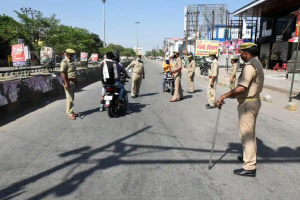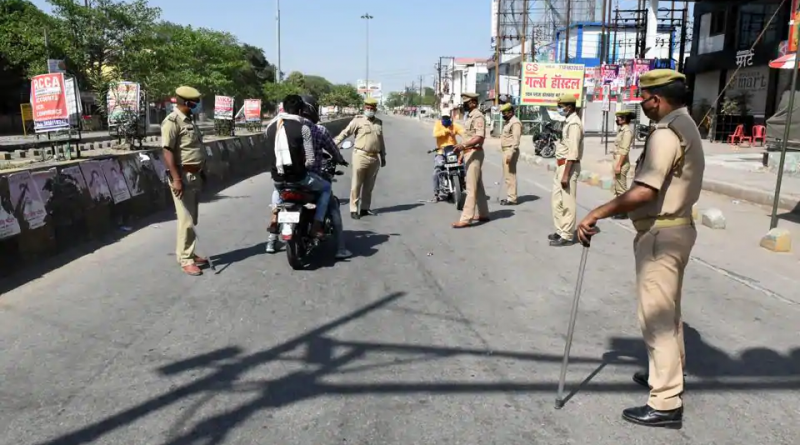The lockdown withdrawal the tough balancing act
The lockdown withdrawal the tough balancing act Data to decide on staggered withdrawal of the lockdown

After the extension of national lockdown till May 3, which was to end on April 14, Prime Minister Narendra Modi offered the first hint of the government’s thinking on the issue of concession to be given during this extended lockdown period with his interaction with the chief ministers. He said that the Centre and the states must, together, work on an exit plan from the lockdown which would allow the staggered re-emergence of citizens. This indicated that while the total lockdown will get extended and restrictions will remain in place — more strictly possibly in high-risk clusters, for the more vulnerable demographic groups such as the elderly, and on inter-state and international travel.
This is a tough balancing act and there are no easy choices here. On one hand is the view that India needs a longer lockdown to be able to flatten the curve of infections. This has not happened yet — because of the time lag that exists between a person getting infected, getting tested, and getting results. The hope remains that in a week from now, the effect of the lockdown will begin showing some impact. As this is the case, extending it is sensible, for opening up the country could once again revive the chain of transmission. The other school of thought prioritises the economic costs of the lockdown — and is based on the belief that there is great disruption to livelihoods and there may even be deaths due to distress. Since there is no immediate cure for the virus, India has to learn to adapt to it and restoration of normalcy — while remaining caution — is the only way out.
The government clearly is trying to find the right balance amid these contrasting approaches. Staggered re-emergence, in that sense, carries merit. But this will need clearly defined rules — who is to be allowed, who is prohibited from moving. But more importantly, it will confront implementation challenges. In India, enforcing a total lockdown has been difficult — enforcing a partial one will be even more challenging. In the ultimate analysis, it is best for the government to wait and let science and data dictate the decision to end the lockdown. If India can ramp up its health infrastructure, and infections are reducing, staggered re-emergence will work. If India is still witnessing a surge in particular areas, and its health system remains under-prepared, it may be best to extend the lockdown for some more time.


